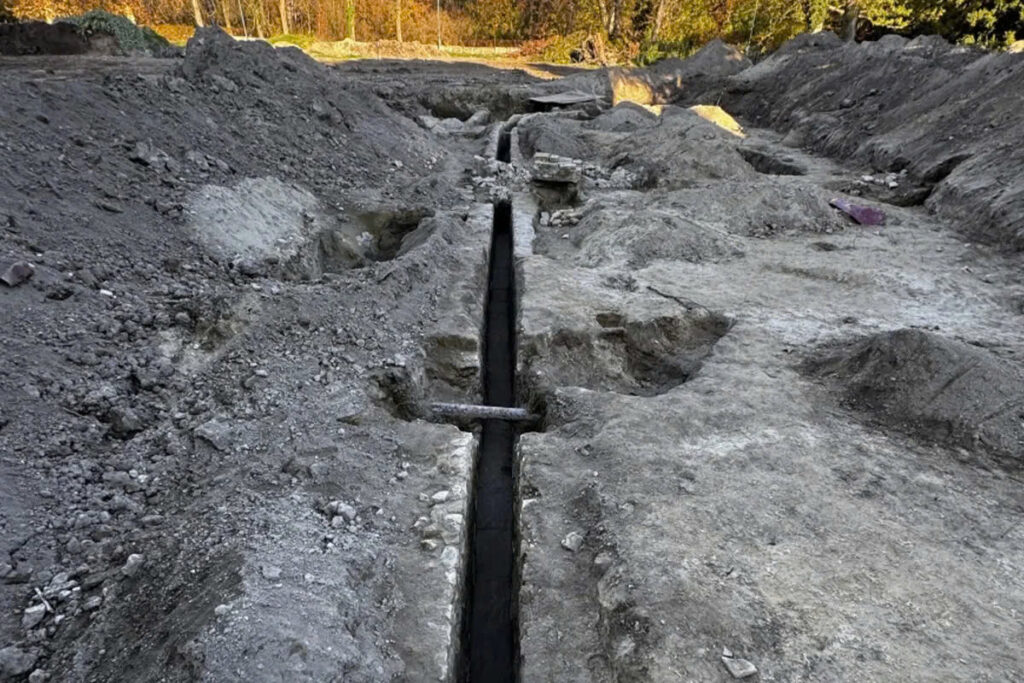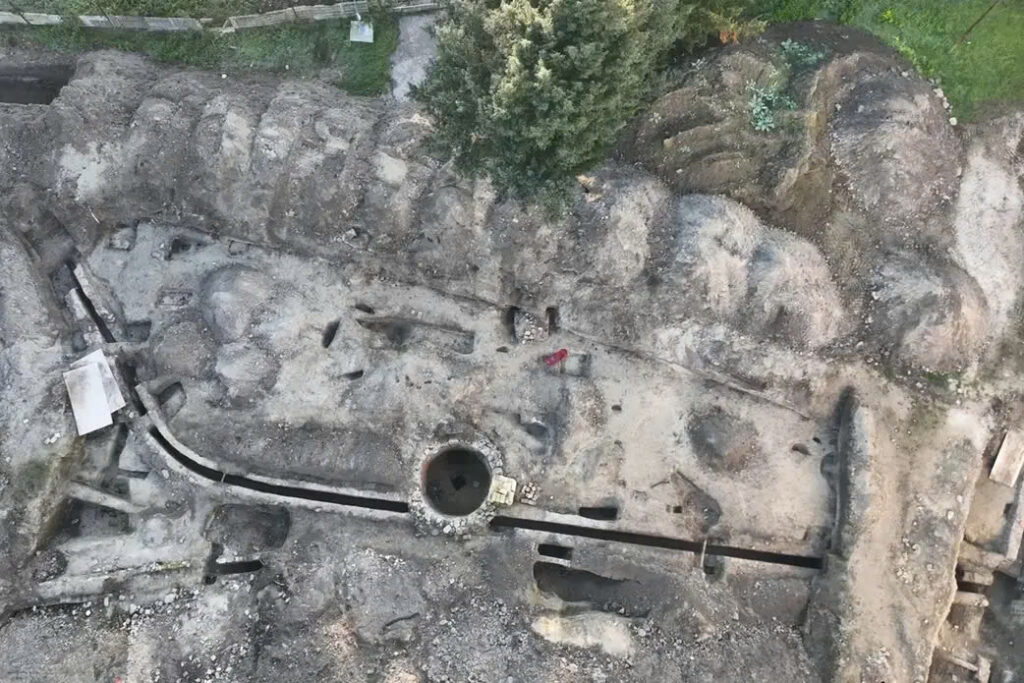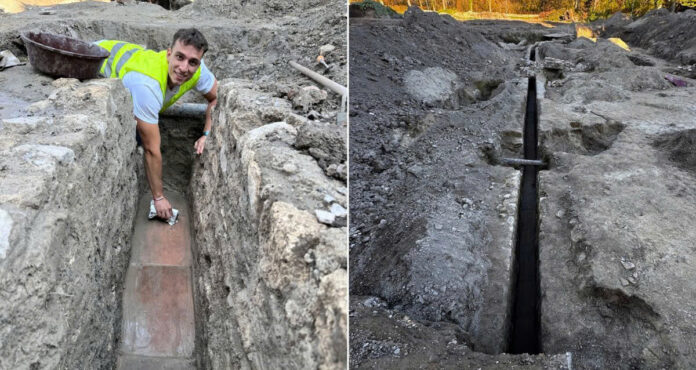In a remarkable archaeological breakthrough, experts have uncovered the first Roman aqueduct ever discovered in Slovakia during restoration work at the historic Rusovce Manor in Bratislava. This significant find provides new insights into Roman engineering and water management systems in the region nearly two millennia ago.
Ancient Engineering Revealed During Modern Restoration
The Neo-Gothic Rusovce Manor, inspired by English Gothic Revival architecture and dating to the 19th century, stands on grounds with a rich historical legacy. Built on the site of a 16th-century manor house, the property neighbors the ancient Roman settlement of Gerulata—a 2nd-century AD military camp that formed part of the frontier defense system known as the “limes.”

For years, this historical treasure remained neglected and closed to visitors. Now, thanks to a substantial 110 million euro investment from the Slovak government, the manor and its surroundings are undergoing comprehensive restoration, revealing unexpected ancient treasures in the process.
Remarkable Preservation of Roman Waterworks
Archaeologists from Trnava University’s Department of Classical Archaeology made the groundbreaking discovery while conducting excavations on the manor grounds. The unearthed aqueduct extends nearly 100 feet in length and features a precisely engineered 13-inch-wide water channel lined with tegulae (flat Roman tiles).

“We have documented 38 metres of the aqueduct so far. Its preservation is extraordinary,” said Associate Professor Erik Hrnčiarik, who leads the archaeological team. “The sheer scale of its construction is remarkable. Calculations suggest the Romans used at least 51 tonnes of stone and more than 80 tegulae.”
Video
Dating the Ancient Waterway
The archaeological team has discovered fascinating details about the aqueduct’s origins. Some of the tegulae bear manufacturers’ stamps, including one identifying “C VAL CONST KAR”—tracing the materials to the workshops of Gaius Valerius Constans in Carnuntum (located in modern-day Austria). These markings date the construction to approximately the 2nd century AD.

Adding a charming touch to this ancient engineering feat, researchers have found paw prints of animals preserved in some of the tiles, left behind when the clay was drying in the sun nearly 1,800 years ago.
Preserving History for Future Generations
Slovak authorities have recognized the exceptional value of this discovery—the first Roman aqueduct found in Slovakia. Plans for a nearby technical service building have been revised to ensure the ancient structure remains preserved in its original location, allowing future visitors to appreciate this remarkable piece of Roman engineering.
The aqueduct’s subtle gradient, designed to transport water toward the area where the manor now stands, demonstrates the advanced understanding of hydraulics that Roman engineers possessed. This discovery adds a significant new dimension to our understanding of Roman infrastructure in the region and enhances the historical importance of the Rusovce Manor site.

